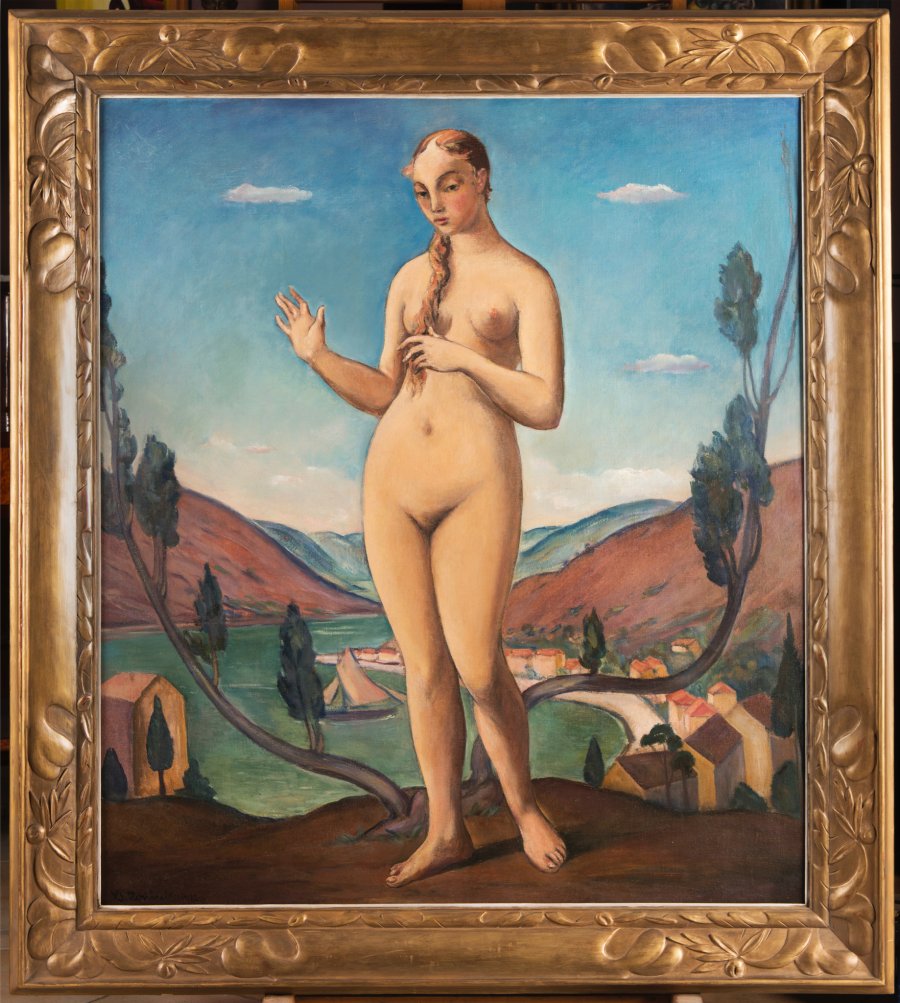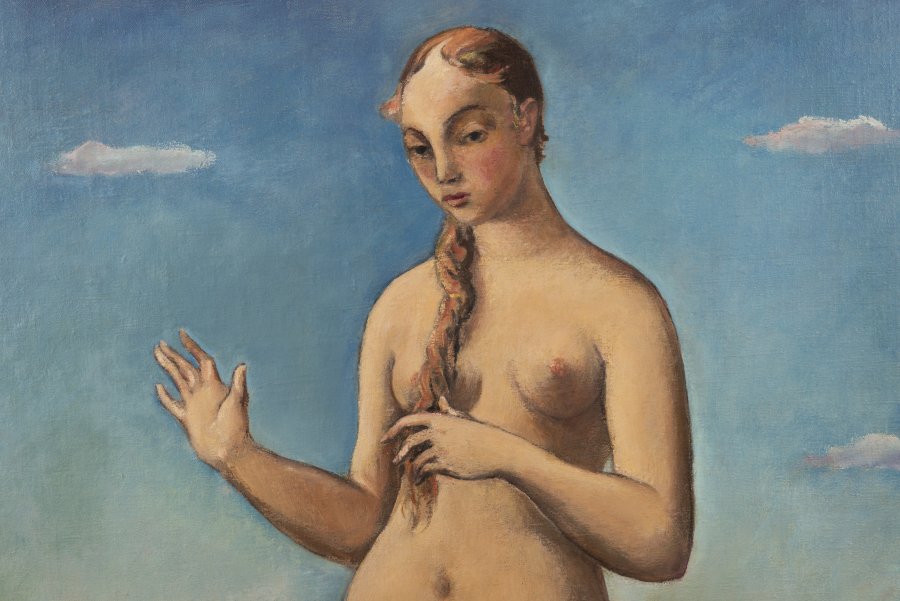180 000 CZK
| 7 200 €
This painting of Venus standing at the Bay of Kotor is a beautiful example of Neoclassical painting, a movement that in the 1920s was also characteristic for other painters: Jan Zrzavý, Bohumil Ullrych, Georges Kars, František Janoušek and others. At Oldřich Koníček's posthumous exhibition at the Mánes (1932), Jaromír Pečírka commented on Koníček's Neoclassical painting: "In around 1922 he started with a number of nude girls, who sometimes have the names of godesses; the painter creates a special, broad, plump type of girl, and it is remarkable that he never uses a model." The female nude is portrayed in a style based on the principles of precise drawn outlines, multiplying the plastic nature of how volume is modeled and denying the self-supporting position of color brought to visual art by other movements. The painter, a student of Professor Vlaho Bukovac and Rudolf Otto von Ottenfeld at the Academy of Fine Art, held his first exhibition before he started attending the academy and his paintings enjoyed success; in 1908 he was exhibited at the Rudolfinum and in 1910 he became a member of the Mánes Union of Fine Artists. He was captivated by the work of Cézanne, Friesz and Derain. He focused on painting portraits, nudes, figurative compositions and still lifes. A number of his paintings are highly valued due to their documentary-like quality. Koníček undertook a number of study trips in his native land and throughout Europe; his paintings have been exhibited at galleries in Paris, Zurich, Berne, Bolzano, Venice, Rome and Vienna, as well as in Prague, Hradec Králové, Lomnice nad Popelkou and Přerov. Published in the catalogue on Czech Neoclassicism of the 1920s "Český neoklasicismus dvacátých let", volume 2, "Mezi klasickým řádem a selankou", Prague City Gallery, Hana Rousová, 1989, no. 63 in the list of exhibited works.
More works from auction

Lot 1 MEDIEVAL MANUSCRIPT IN LATIN ON PARCHMENT
Starting price15 000 CZK | 600 €
Price realized
15 000 CZK | 600 €
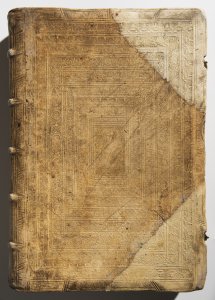
Lot 2 LIBER CHRONICARUM (THE NUREMBERG CHRONICLE)
Starting price1 300 000 CZK | 52 000 €
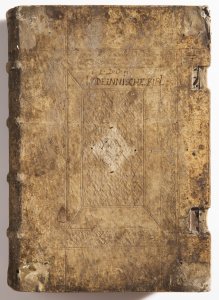
Lot 3 BIBLIA CUM CONCORDANTIIS VETERIS ET NOVI TESTAMENTI ET…
Starting price40 000 CZK | 1 600 €

Lot 4 THE HISTORY OF ST. PAUL'S CATHEDRAL IN LONDON
Starting price60 000 CZK | 2 400 €

Lot 5 KRIEGS-KUNST ZU PFERD: DAS IST: GRÜNDLICHE…
Starting price45 000 CZK | 1 800 €
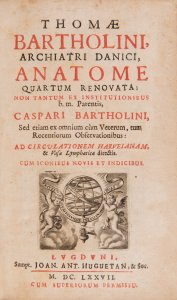
Lot 6 ANATOME QUARTUM RENOVATA (Anatomy, 4th Edition)
Starting price28 000 CZK | 1 120 €
Price realized
28 000 CZK | 1 120 €
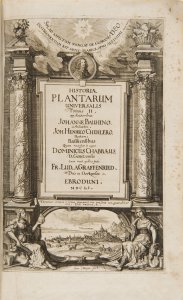
Lot 7 HISTORIAE PLANTARUM UNIVERSALIS
Starting price20 000 CZK | 800 €

Lot 8 HISTORIA DE DUCIBUS, AC REGIBUS BOHEMIAE (History of…
Starting price38 000 CZK | 1 520 €
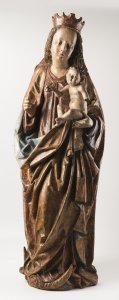
Lot 9 A LATE GOTHIC MADONNA
Starting price650 000 CZK | 26 000 €
Price realized
950 000 CZK | 38 000 €
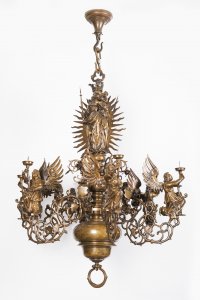
Lot 10 A SIX-ARMED CHANDELIER
Starting price1 500 000 CZK | 60 000 €
Price realized
1 500 000 CZK | 60 000 €
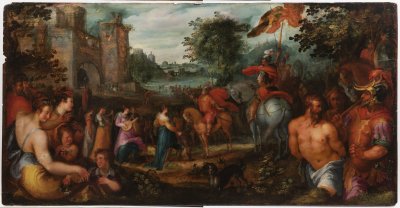
Lot 11 THE CONTINENCE OF SCIPIO
Starting price400 000 CZK | 16 000 €
Price realized
400 000 CZK | 16 000 €
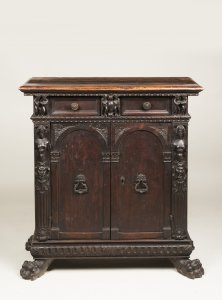
Lot 12 A MANNERIST CABINET
Starting price65 000 CZK | 2 600 €
Price realized
65 000 CZK | 2 600 €
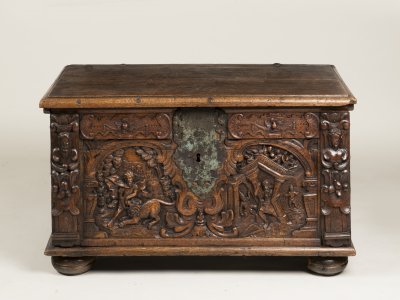
Lot 13 A CHEST
Starting price30 000 CZK | 1 200 €
Price realized
130 000 CZK | 5 200 €
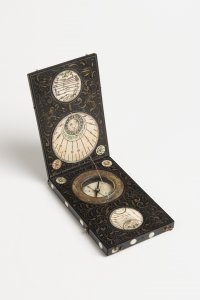
Lot 14 AN ASTROLABE
Starting price90 000 CZK | 3 600 €
Price realized
90 000 CZK | 3 600 €
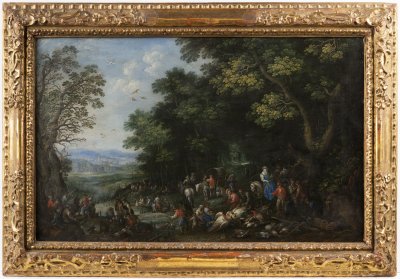
Lot 15 ALLEGORY OF THE AIR
Starting price650 000 CZK | 26 000 €
Price realized
1 400 000 CZK | 56 000 €
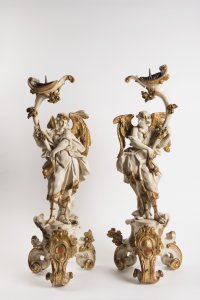
Lot 16 A PAIR OF CANDLESTICKS
Starting price130 000 CZK | 5 200 €
Price realized
130 000 CZK | 5 200 €
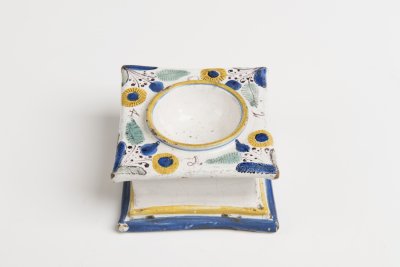
Lot 17 A HABÁN SALT CELLAR
Starting price40 000 CZK | 1 600 €
Price realized
110 000 CZK | 4 400 €
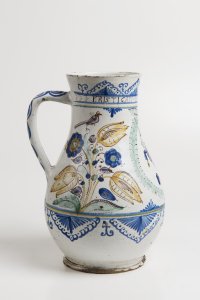
Lot 18 A HABÁN PITCHER OF THE VINTNERS GUILD
Starting price75 000 CZK | 3 000 €
Price realized
280 000 CZK | 11 200 €
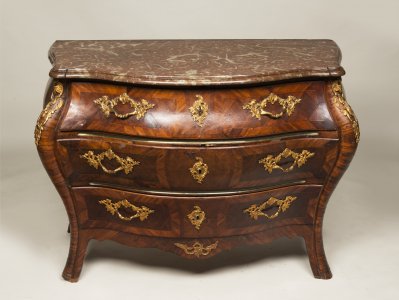
Lot 19 A BAROQUE COMMODE
Starting price120 000 CZK | 4 800 €
Price realized
120 000 CZK | 4 800 €
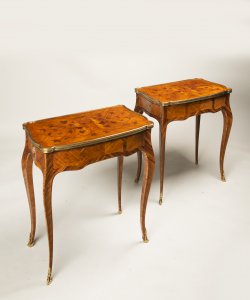
Lot 20 A PAIR OF GAME TABLES
Starting price140 000 CZK | 5 600 €
Price realized
200 000 CZK | 8 000 €

Lot 21 A BAROQUE SECRETAIRE
Starting price450 000 CZK | 18 000 €
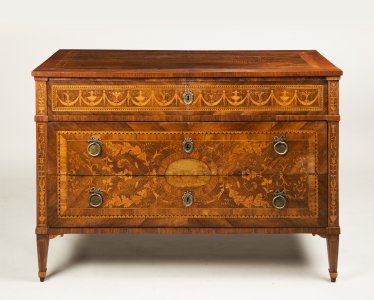
Lot 22 A NEOCLASSICAL CHEST OF DRAWERS
Starting price150 000 CZK | 6 000 €
Price realized
210 000 CZK | 8 400 €
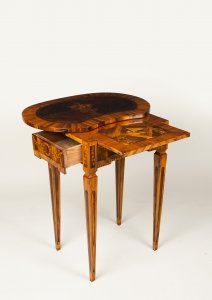
Lot 23 A NEOCLASSICAL SIDE TABLE
Starting price25 000 CZK | 1 000 €
Price realized
55 000 CZK | 2 200 €
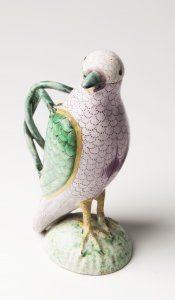
Lot 24 A PARROT-SHAPED JUG
Starting price30 000 CZK | 1 200 €
Price realized
30 000 CZK | 1 200 €
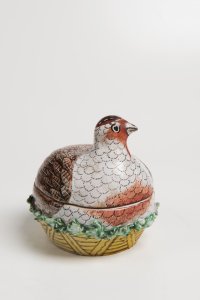
Lot 25 A PARTRIDGE-SHAPED BOX
Starting price30 000 CZK | 1 200 €
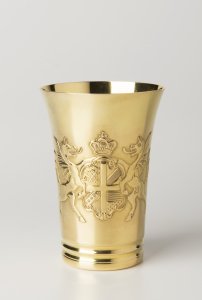
Lot 26 A GOLD BEAKER
Starting price80 000 CZK | 3 200 €
Price realized
170 000 CZK | 6 800 €
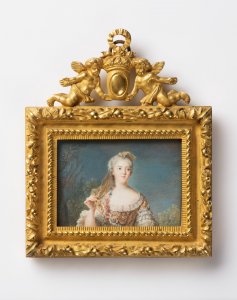
Lot 27 MADAME SOPHIE OF FRANCE (1734–1782)
Starting price15 000 CZK | 600 €
Price realized
44 000 CZK | 1 760 €
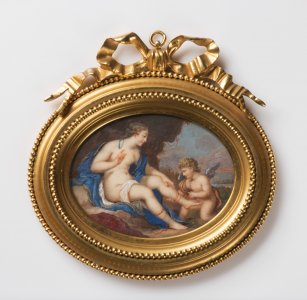
Lot 28 VENUS WITH CUPID
Starting price18 000 CZK | 720 €
Price realized
60 000 CZK | 2 400 €
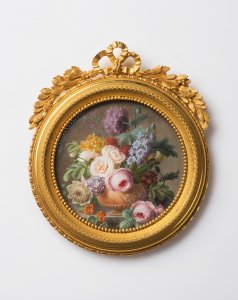
Lot 29 FLORAL STILL LIFE
Starting price15 000 CZK | 600 €
Price realized
40 000 CZK | 1 600 €
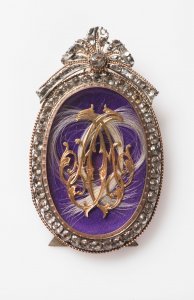
Lot 30 A MINIATURE WITH A MONOGRAM
Starting price10 000 CZK | 400 €
Price realized
10 000 CZK | 400 €
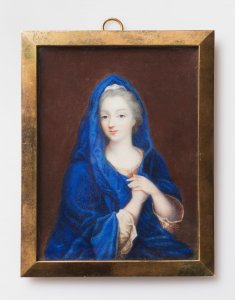
Lot 31 LADY IN A BLUE CLOAK
Starting price10 000 CZK | 400 €
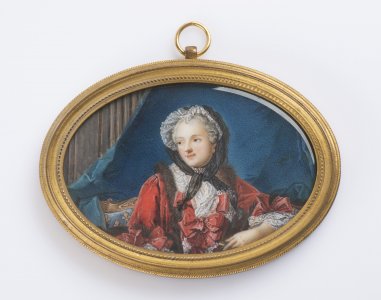
Lot 32 MARIE LESZCZYŃSKÁ (1703–1768)
Starting price15 000 CZK | 600 €
Price realized
23 000 CZK | 920 €
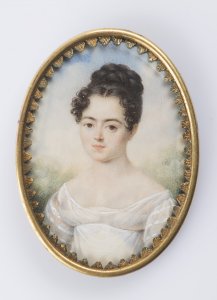
Lot 33 LADY IN A WHITE DRESS
Starting price8 000 CZK | 320 €
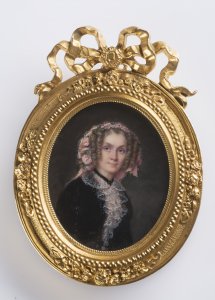
Lot 34 MADAME ELISABETH OF FRANCE (1764–1794)
Starting price15 000 CZK | 600 €
Price realized
16 000 CZK | 640 €
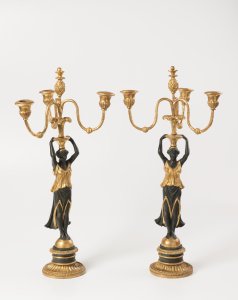
Lot 35 A PAIR OF EMPIRE CANDELABRAS
Starting price120 000 CZK | 4 800 €
Price realized
120 000 CZK | 4 800 €
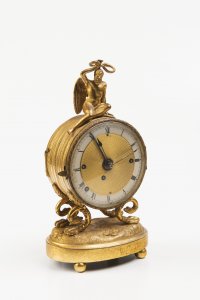
Lot 36 AN EMPIRE TRAVEL ALARM CLOCK
Starting price55 000 CZK | 2 200 €
Price realized
80 000 CZK | 3 200 €

Lot 38 A LANTERN GRANDFATHER CLOCK
Starting price650 000 CZK | 26 000 €
Price realized
650 000 CZK | 26 000 €
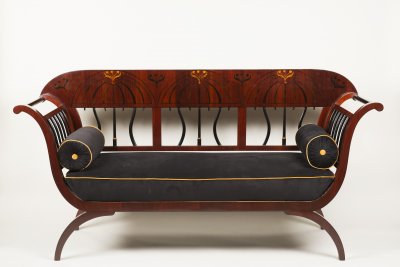
Lot 39 A SEATING GROUP
Starting price240 000 CZK | 9 600 €
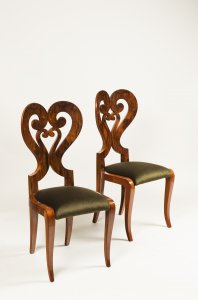
Lot 40 TWO BIEDERMEIER CHAIRS
Starting price30 000 CZK | 1 200 €
Price realized
44 000 CZK | 1 760 €
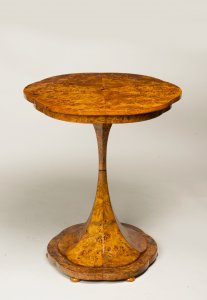
Lot 41 A SMALL BIEDERMEIER TABLE
Starting price30 000 CZK | 1 200 €
Price realized
140 000 CZK | 5 600 €

Lot 42 A SEATING GROUP
Starting price45 000 CZK | 1 800 €
Price realized
100 000 CZK | 4 000 €
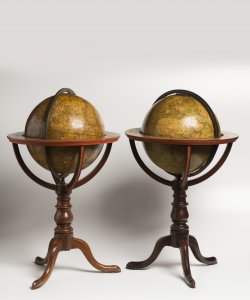
Lot 43 A PAIR OF GLOBES
Starting price95 000 CZK | 3 800 €
Price realized
95 000 CZK | 3 800 €
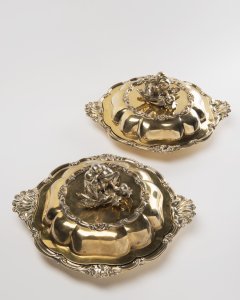
Lot 44 A PAIR OF SILVER BOWLS
Starting price110 000 CZK | 4 400 €
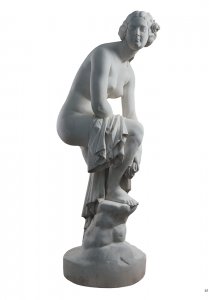
Lot 45 AFTER BATHING
Starting price400 000 CZK | 16 000 €
Price realized
1 700 000 CZK | 68 000 €
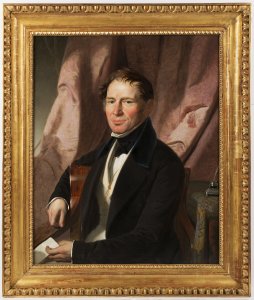
Lot 46 PORTRAIT OF A MAN WITH WRITING TOOLS
Starting price120 000 CZK | 4 800 €
Price realized
120 000 CZK | 4 800 €
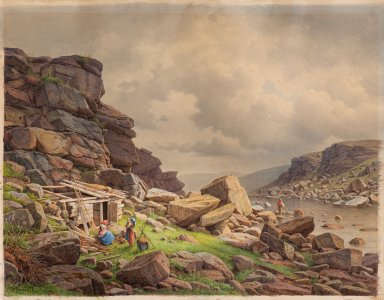
Lot 47 SÁZAVA RIVER LANDSCAPE
Starting price180 000 CZK | 7 200 €
Price realized
260 000 CZK | 10 400 €
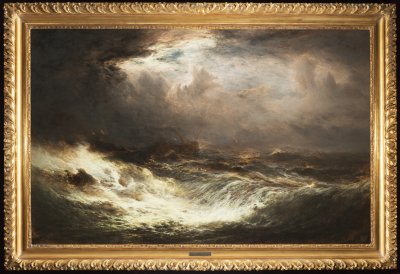
Lot 48 STORM AT SEA
Starting price11 000 000 CZK | 440 000 €
Price realized
15 000 000 CZK | 600 000 €
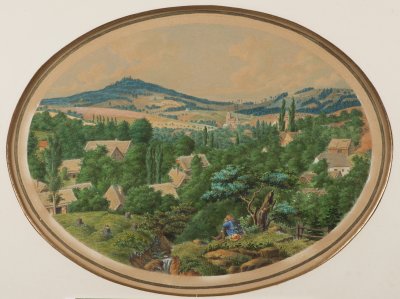
Lot 49 LANDSCAPE WITH A PILGRIM
Starting price25 000 CZK | 1 000 €
Price realized
27 000 CZK | 1 080 €
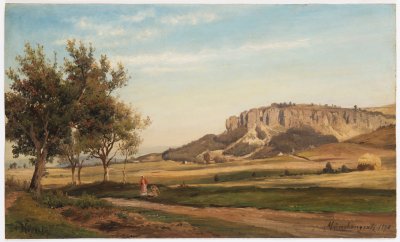
Lot 50 MÜNCHENGRÄTZ (MNICHOVO HRADIŠTĚ)
Starting price45 000 CZK | 1 800 €
Price realized
90 000 CZK | 3 600 €
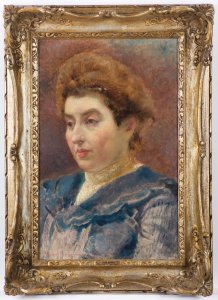
Lot 51 PORTRAIT OF THE PAINTER'S WIFE
Starting price500 000 CZK | 20 000 €
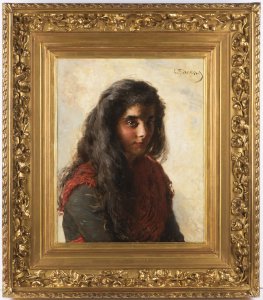
Lot 52 PORTRAIT OF A YOUNG ROMAN GIRL
Starting price400 000 CZK | 16 000 €
Price realized
850 000 CZK | 34 000 €
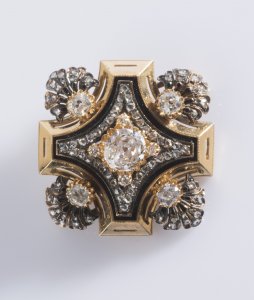
Lot 53 A GOLD BROOCH WITH DIAMONDS
Starting price120 000 CZK | 4 800 €
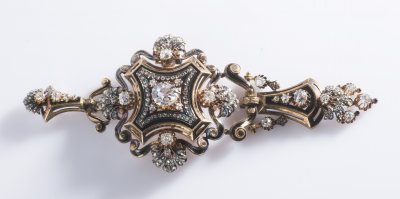
Lot 54 BROOCH WITH PENDANTS AND DIAMONDS
Starting price140 000 CZK | 5 600 €
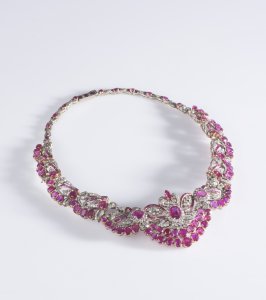
Lot 55 A DIAMOND AND RUBY NECKLACE
Starting price1 200 000 CZK | 48 000 €
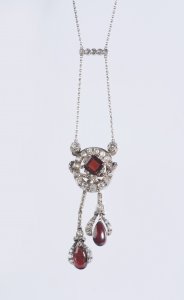
Lot 56 A DIAMOND AND ALMANDINE COLLIER
Starting price90 000 CZK | 3 600 €
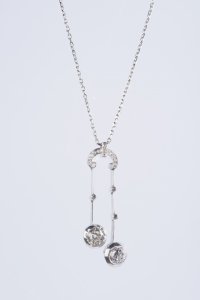
Lot 57 A COLLIER WITH DIAMONDS
Starting price75 000 CZK | 3 000 €
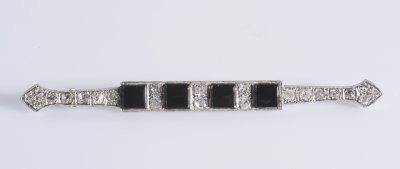
Lot 58 A GOLD DIAMOND AND ONYX BROOCH
Starting price15 000 CZK | 600 €
Price realized
15 000 CZK | 600 €
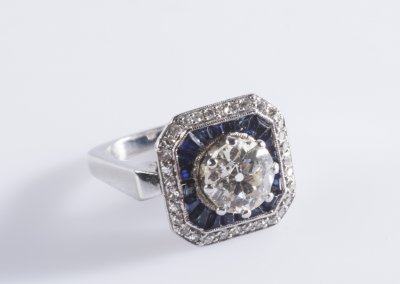
Lot 59 A GOLD DIAMOND AND SAPPHIRE RING
Starting price120 000 CZK | 4 800 €
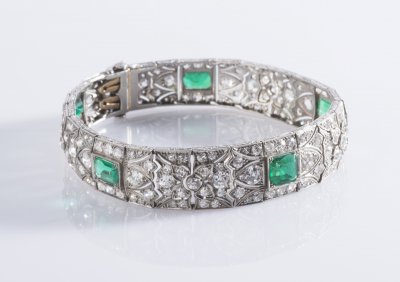
Lot 60 A DIAMOND AND EMERALD BRACELET
Starting price220 000 CZK | 8 800 €
Price realized
270 000 CZK | 10 800 €
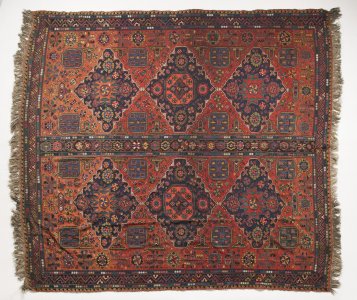
Lot 61 A SOUMAK RUG
Starting price35 000 CZK | 1 400 €
Price realized
40 000 CZK | 1 600 €
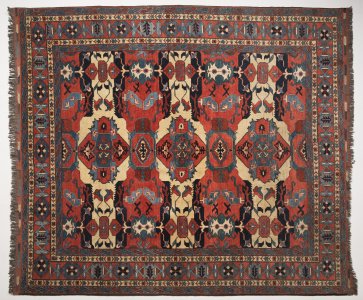
Lot 62 A BAKHTIARI RUG
Starting price20 000 CZK | 800 €
Price realized
55 000 CZK | 2 200 €
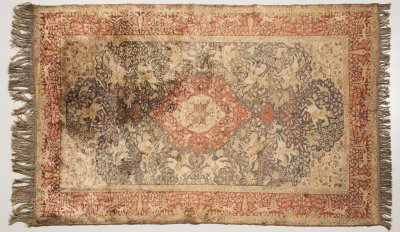
Lot 63 A KASHAN RUG
Starting price10 000 CZK | 400 €
Price realized
30 000 CZK | 1 200 €
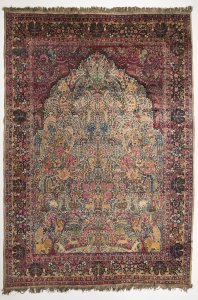
Lot 64 A KERMAN RUG
Starting price15 000 CZK | 600 €
Price realized
40 000 CZK | 1 600 €
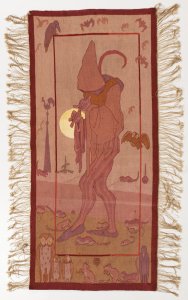
Lot 65 THE PIED PIPER
Starting price25 000 CZK | 1 000 €
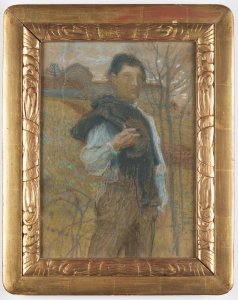
Lot 66 FIGURE STUDY OF A YOUNG MAN
Starting price110 000 CZK | 4 400 €
Price realized
200 000 CZK | 8 000 €
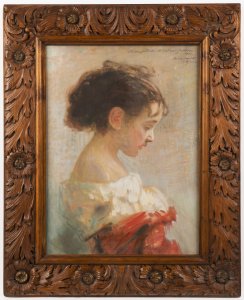
Lot 67 PORTRAIT OF EMPEROR FRANZ JOSEPH'S GRANDDAUGHTER
Starting price35 000 CZK | 1 400 €
Price realized
85 000 CZK | 3 400 €
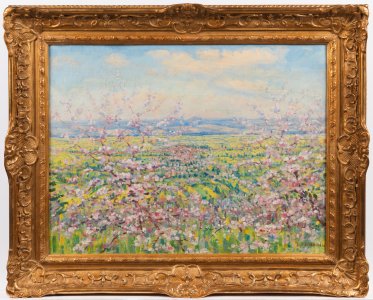
Lot 68 SPRING LANDSCAPE
Starting price180 000 CZK | 7 200 €
Price realized
250 000 CZK | 10 000 €
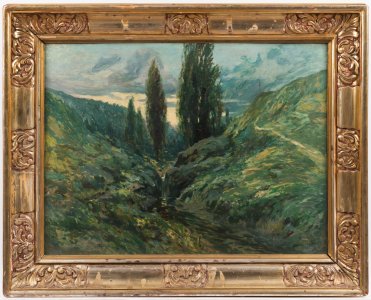
Lot 69 VALLEY WITH POPLARS
Starting price120 000 CZK | 4 800 €
Price realized
250 000 CZK | 10 000 €
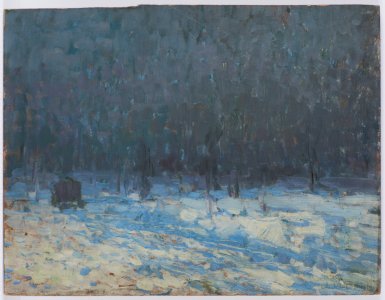
Lot 70 WINTER LANDSCAPE
Starting price45 000 CZK | 1 800 €
Price realized
180 000 CZK | 7 200 €
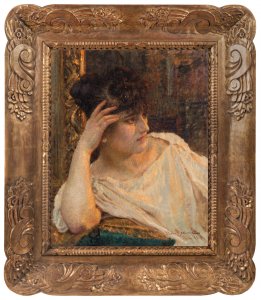
Lot 71 RESTING GIRL
Starting price1 300 000 CZK | 52 000 €
Price realized
1 300 000 CZK | 52 000 €
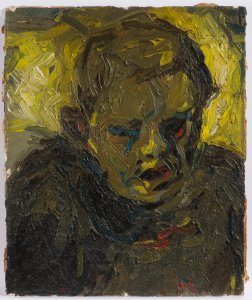
Lot 72 PORTRAIT OF A MAN
Starting price80 000 CZK | 3 200 €
Price realized
340 000 CZK | 13 600 €
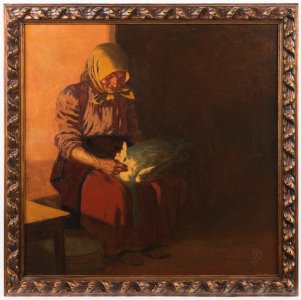
Lot 73 PLUCKING THE ST. MARTIN'S GOOSE
Starting price25 000 CZK | 1 000 €
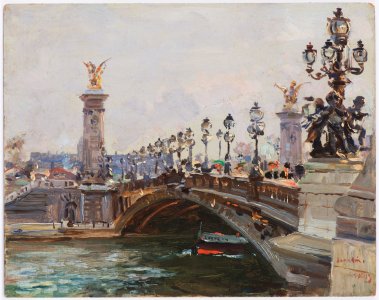
Lot 74 A PAIR OF PAINTINGS: FROM PONT ALEXANDRE III, PONT…
Starting price150 000 CZK | 6 000 €
Price realized
170 000 CZK | 6 800 €
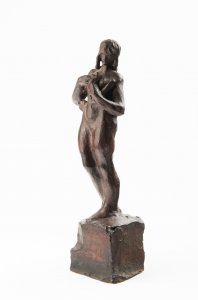
Lot 75 GIRL WITH A HARP
Starting price15 000 CZK | 600 €
Price realized
15 000 CZK | 600 €
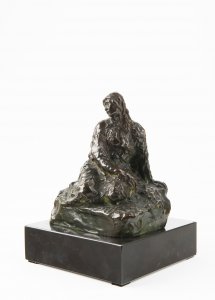
Lot 76 MEMORY
Starting price30 000 CZK | 1 200 €
Price realized
41 000 CZK | 1 640 €
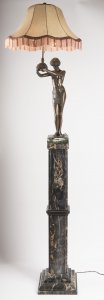
Lot 77 AN ART NOUVEAU LAMP
Starting price65 000 CZK | 2 600 €
Price realized
140 000 CZK | 5 600 €

Lot 78 TWO CUBIST CHAIRS
Starting price120 000 CZK | 4 800 €
Price realized
320 000 CZK | 12 800 €
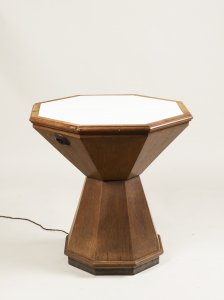
Lot 79 A CUBIST SIDE TABLE WITH A BACKLIT TABLETOP
Starting price75 000 CZK | 3 000 €
Price realized
75 000 CZK | 3 000 €
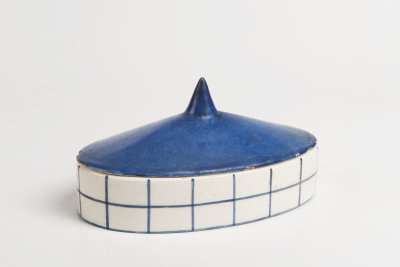
Lot 80 A CUBIST BOX WITH A LID
Starting price15 000 CZK | 600 €
Price realized
36 000 CZK | 1 440 €
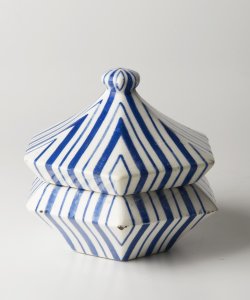
Lot 81 A CUBIST BOX WITH A LID
Starting price30 000 CZK | 1 200 €
Price realized
130 000 CZK | 5 200 €
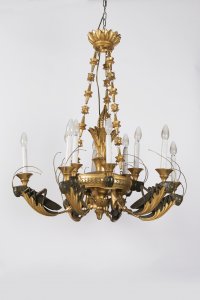
Lot 82 A TWELVE-ARM CHANDELIER
Starting price75 000 CZK | 3 000 €
Price realized
170 000 CZK | 6 800 €
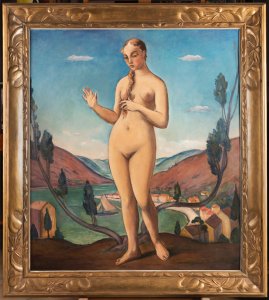
Lot 83 VENUS (BAY OF KOTOR)
Starting price180 000 CZK | 7 200 €
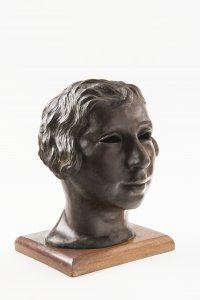
Lot 84 GIRL'S HEAD (WITH HOLLOW EYES)
Starting price55 000 CZK | 2 200 €
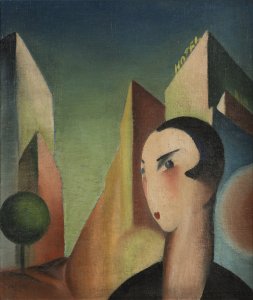
Lot 85 FIGURE IN THE CITY
Starting price40 000 CZK | 1 600 €
Price realized
160 000 CZK | 6 400 €
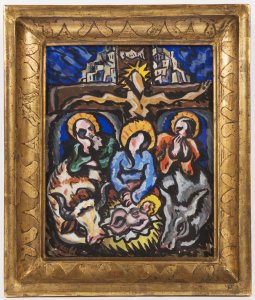
Lot 86 THE HOLY FAMILY
Starting price25 000 CZK | 1 000 €
Price realized
60 000 CZK | 2 400 €
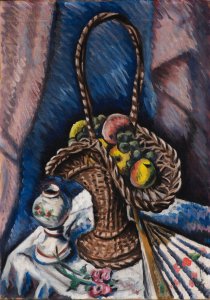
Lot 87 BASKET WITH FRUITS
Starting price60 000 CZK | 2 400 €
Price realized
60 000 CZK | 2 400 €
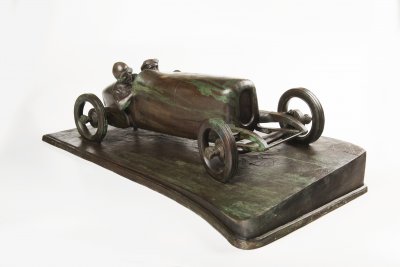
Lot 88 BUGATTI
Starting price300 000 CZK | 12 000 €
Price realized
450 000 CZK | 18 000 €
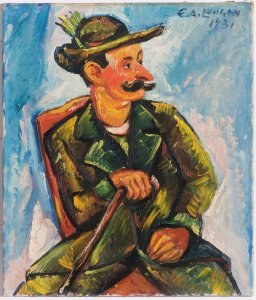
Lot 89 PORTRAIT OF ACTOR VLASTA BURIAN
Starting price90 000 CZK | 3 600 €
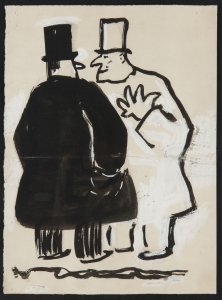
Lot 90 THREE CARICATURE DRAWINGS
Starting price100 000 CZK | 4 000 €
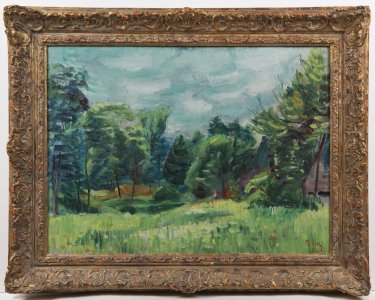
Lot 91 THE LANDSCAPE IN HELVÍKOVICE
Starting price95 000 CZK | 3 800 €
Price realized
95 000 CZK | 3 800 €
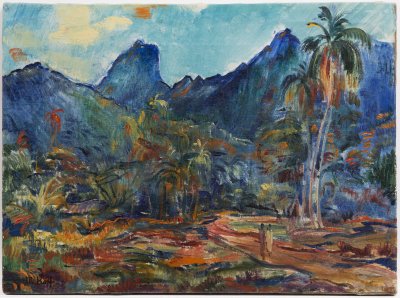
Lot 92 TAHITI
Starting price160 000 CZK | 6 400 €
Price realized
260 000 CZK | 10 400 €
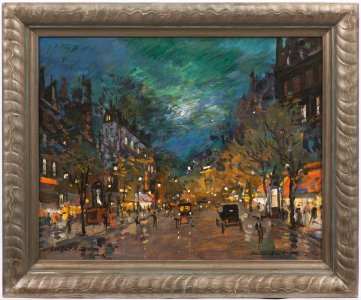
Lot 93 BOULEVARD IN PARIS AT NIGHT
Starting price340 000 CZK | 13 600 €
Price realized
340 000 CZK | 13 600 €
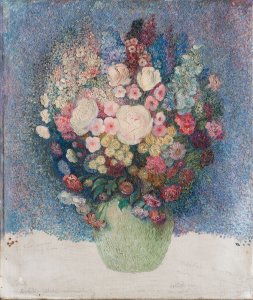
Lot 94 BOUQUET IN A VASE
Starting price380 000 CZK | 15 200 €
Price realized
380 000 CZK | 15 200 €
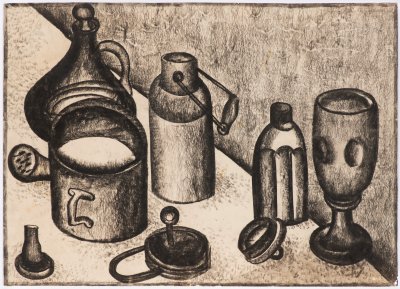
Lot 95 STILL LIFE
Starting price15 000 CZK | 600 €
Price realized
17 000 CZK | 680 €

Lot 96 FINDING THE WAY
Starting price35 000 CZK | 1 400 €
Price realized
75 000 CZK | 3 000 €
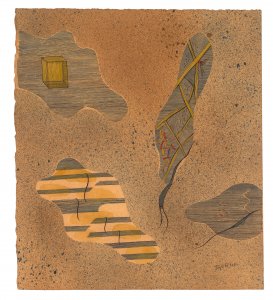
Lot 97 COMPOSITION
Starting price100 000 CZK | 4 000 €
Price realized
160 000 CZK | 6 400 €
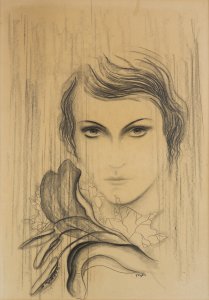
Lot 98 PORTRAIT OF A GIRL
Starting price120 000 CZK | 4 800 €
Price realized
170 000 CZK | 6 800 €
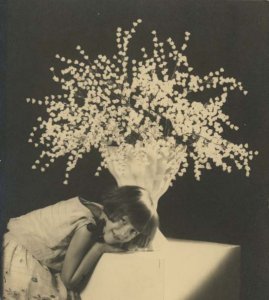
Lot 99 GROUP OF TWO PHOTOGRAPHS
Starting price7 000 CZK | 280 €
Price realized
23 000 CZK | 920 €
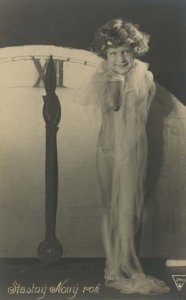
Lot 100 GROUP OF FOUR PHOTOGRAPHS
Starting price10 000 CZK | 400 €
Price realized
20 000 CZK | 800 €

Lot 101 STUDIO PHOTOGRAPHS – IN MOVEMENT
Starting price75 000 CZK | 3 000 €
Price realized
75 000 CZK | 3 000 €
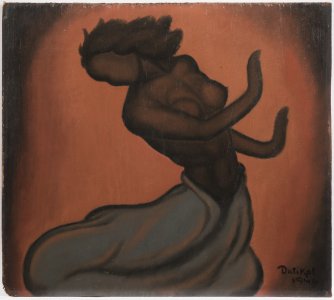
Lot 102 DANCER
Starting price75 000 CZK | 3 000 €
Price realized
110 000 CZK | 4 400 €

Lot 103 A TABLE LAMP
Starting price180 000 CZK | 7 200 €
Price realized
340 000 CZK | 13 600 €
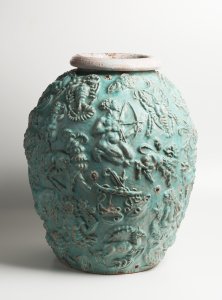
Lot 104 AN ART DECO VASE
Starting price35 000 CZK | 1 400 €
Price realized
46 000 CZK | 1 840 €

Lot 105 AN ART DECO OCCASIONAL TABLE
Starting price28 000 CZK | 1 120 €
Price realized
36 000 CZK | 1 440 €

Lot 106 AN O2 FLOOR LAMP
Starting price12 000 CZK | 480 €
Price realized
23 000 CZK | 920 €
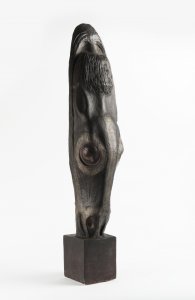
Lot 107 HEAD OF A FUNERAL HORSE
Starting price400 000 CZK | 16 000 €
Price realized
400 000 CZK | 16 000 €
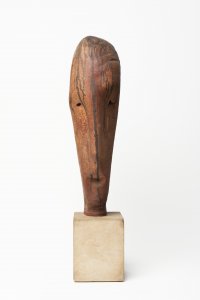
Lot 108 HEAD
Starting price250 000 CZK | 10 000 €
Price realized
260 000 CZK | 10 400 €
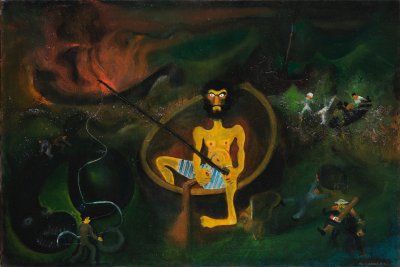
Lot 109 THE MAN THAT IS A WORM
Starting price300 000 CZK | 12 000 €
Price realized
300 000 CZK | 12 000 €
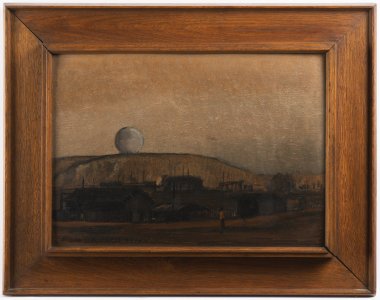
Lot 110 LANDSCAPE WITH GASWORKS
Starting price180 000 CZK | 7 200 €
Price realized
410 000 CZK | 16 400 €
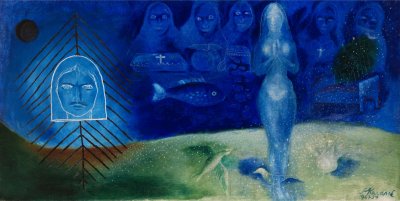
Lot 111 BALLAD
Starting price70 000 CZK | 2 800 €
Price realized
160 000 CZK | 6 400 €

Lot 112 THREE DRAWINGS BY JOSEF LADA
Starting price90 000 CZK | 3 600 €

Lot 113 SLEDDING CHILDREN
Starting price95 000 CZK | 3 800 €
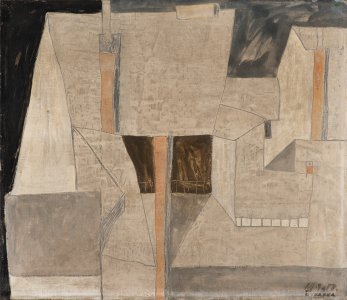
Lot 114 ROOFS
Starting price80 000 CZK | 3 200 €
Price realized
240 000 CZK | 9 600 €
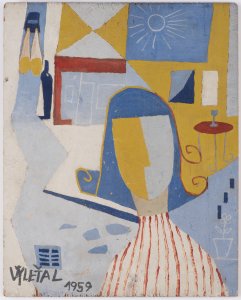
Lot 115 A PAIR OF PAINTINGS FROM PARIS
Starting price60 000 CZK | 2 400 €
Price realized
90 000 CZK | 3 600 €
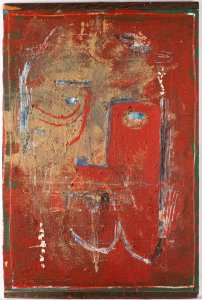
Lot 116 HEAD OF CHRIST
Starting price80 000 CZK | 3 200 €
Price realized
120 000 CZK | 4 800 €
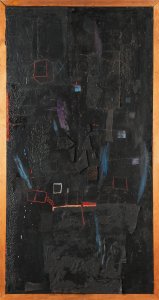
Lot 117 JEWISH CHRISTMAS
Starting price120 000 CZK | 4 800 €
Price realized
210 000 CZK | 8 400 €
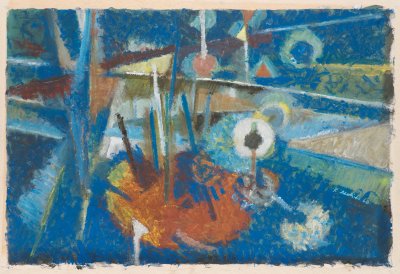
Lot 118 KAMENEC HILL
Starting price130 000 CZK | 5 200 €
Price realized
250 000 CZK | 10 000 €
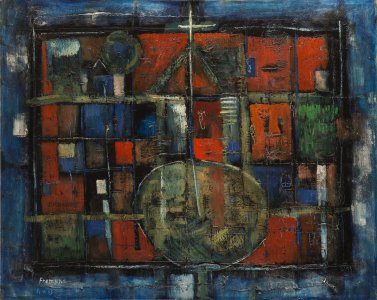
Lot 119 LANDSCAPE WITH ELLIPSE
Starting price160 000 CZK | 6 400 €
Price realized
300 000 CZK | 12 000 €
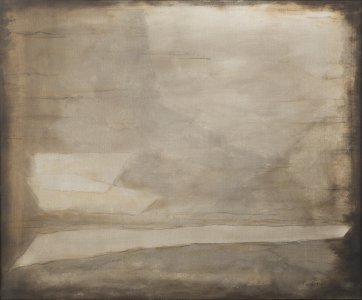
Lot 120 LANDSCAPE
Starting price1 500 000 CZK | 60 000 €
Price realized
2 300 000 CZK | 92 000 €
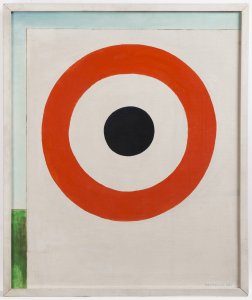
Lot 121 TARGET
Starting price600 000 CZK | 24 000 €
Price realized
600 000 CZK | 24 000 €
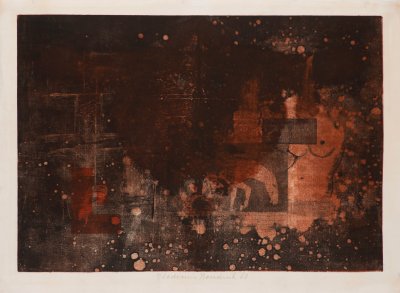
Lot 122 STRUCTURAL GRAPHIC WITH A NUDE
Starting price25 000 CZK | 1 000 €
Price realized
60 000 CZK | 2 400 €
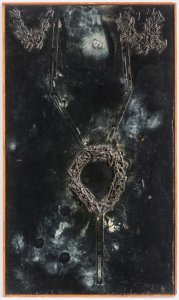
Lot 123 AUGUST 68
Starting price45 000 CZK | 1 800 €
Price realized
80 000 CZK | 3 200 €
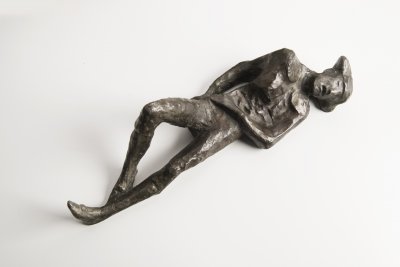
Lot 124 RECLINING TOREADOR
Starting price40 000 CZK | 1 600 €
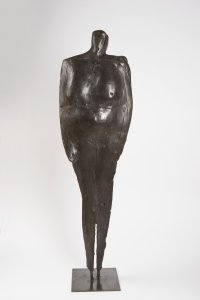
Lot 125 FIGURE
Starting price100 000 CZK | 4 000 €
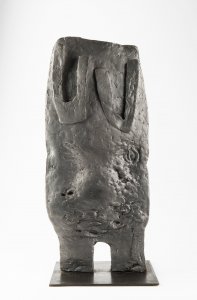
Lot 126 THE SILENT WOMAN
Starting price40 000 CZK | 1 600 €
Price realized
110 000 CZK | 4 400 €

Lot 127 SPACE
Starting price80 000 CZK | 3 200 €
Price realized
170 000 CZK | 6 800 €
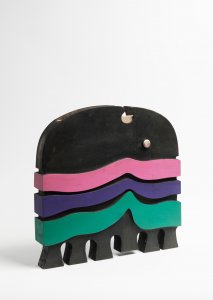
Lot 128 PARABLES
Starting price35 000 CZK | 1 400 €

Lot 129 LA CRAVATE NE VAUT PAS UNE MEDAILLE
Starting price35 000 CZK | 1 400 €
Price realized
35 000 CZK | 1 400 €
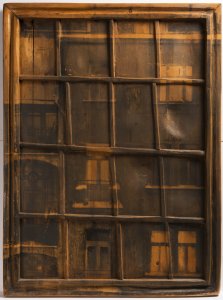
Lot 130 THE WINDOW
Starting price250 000 CZK | 10 000 €
Price realized
550 000 CZK | 22 000 €
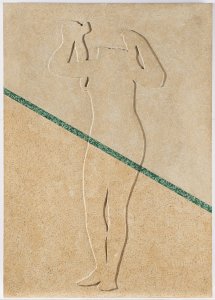
Lot 131 TO THE MEMORY OF JOSEF ŠÍMA
Starting price190 000 CZK | 7 600 €
Price realized
330 000 CZK | 13 200 €
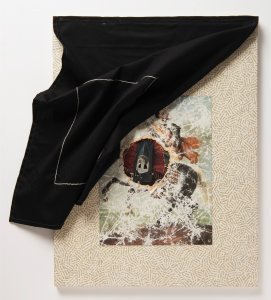
Lot 132 A MYSTERIOUS RIDER
Starting price70 000 CZK | 2 800 €
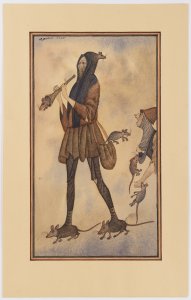
Lot 133 THE PIED PIPER
Starting price45 000 CZK | 1 800 €
Price realized
200 000 CZK | 8 000 €

